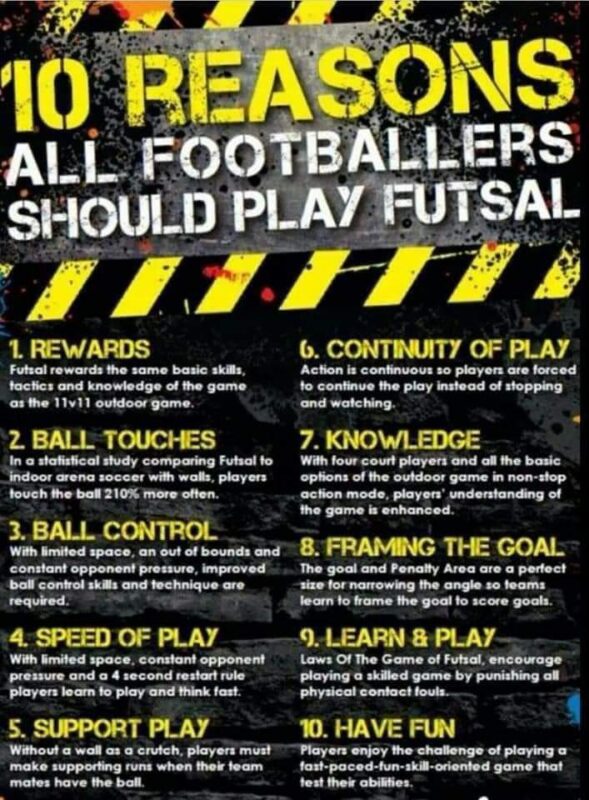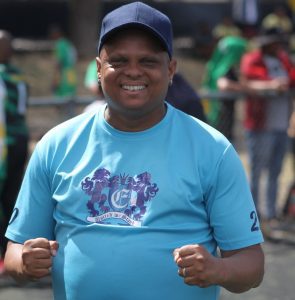The benefit to training in smaller spaces is you don’t give players time to think.
Football is not played with one or two touches, drive the ball or dribble, it’s about making the right decisions at the right moment.
Sometimes you must take two touches, sometimes one, sometimes a dribble, sometimes you must take six touches. Every single action is completely different.
“That’s the key.” – Manchester City’s Pep Guardiola on the benefits of small-sided games and training in reduced spaces.
Small-sided games are games with a small number of players on each side, for example, 3 v 3 or 5 v 5. The key point is that because there are fewer players, each player gets more touches of the ball.
It differs from rondos in that players can move around the area with more freedom. The main benefit of small-sided games is that it gives the coach the opportunity to overload players with decision making and problem-solving.
To increase the speed of decision making, the space can be reduced, actions that occur around the ball do not allow players the time to make conscious decisions, therefore players respond to game situations unconsciously and automatic. Small-sided games are a tool to condition the unconscious response to game situations.
“PRINCIPLES OF THE POSITIONAL PLAY” – Complete guide to understanding and coaching positional play. Tactical theory covers 10 principles used by masters of the positional play like Johan Cruyff and Pep Guardiola: playing out from the back, control of possession, positioning, movement, compactness, exploiting half-spaces, combination play, counter-pressing, vertical play and overload to isolate. With 40 tactical practices included (4 practices to coach each of the 10 principles)







